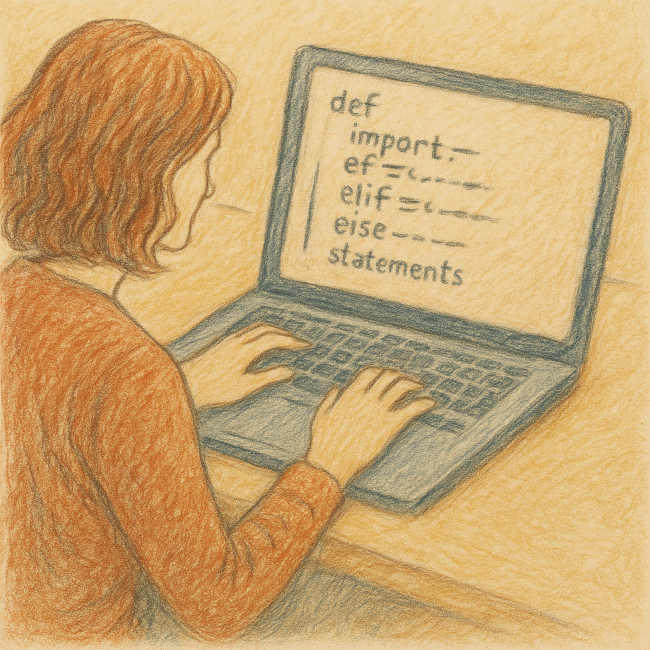When I first started learning Python libraries, I felt overwhelmed. Which functions should I know? How much Python is enough? What’s the right way to practice?
Like many beginners, I turned to problem-solving platforms. While these exercises helped me understand syntax, I often felt something was missing. Solving a single problem in isolation didn’t give me the bigger picture. For example, calculating an average number made little sense without knowing how many data points were behind it or whether outliers were skewing the result. Without context, I couldn’t connect the dots — and to be honest, it felt boring.
Frustrated, I shared this with my mentor. His advice was simple yet powerful: “practice completed business cases from GitHub and learn NumPy and pandas functions along the way.” At first, I was not convinced, there is a small caveat — it sometimes felt like working through legacy code, and I wondered, how can I be sure I’m learning from the best in the industry?
That’s when he made it clear — the real priority was mastering the functions, not fussing over the source. And he was absolutely right. I began with case studies in my areas of interest, and whenever I felt the code wasn’t “good enough,” I tried different versions and observed how the output changed.
Now, I’ll admit — I didn’t always pick the “shiniest” GitHub projects. In fact, some were… let’s just say character-building. But strangely enough, I learned a lot from those too. Gradually, I realized that in analysis, knowing what not to do is just as important (and sometimes even more important than) as knowing what to do, because a single misstep can flip the entire inference. So yes, my journey was a bit of trial and error. However, This shifted my perspective completely. By working on end-to-end cases, I started to see not only how to write the code, but why it mattered for real-world decision-making.
Lessons Learned
Working through the entire business cases didn’t just help me solve problems — it taught me how to write cleaner and more thoughtful code. A few key takeaways stood out:
- Organized code matters: Giving variables meaningful names and refactoring logic made my work easier to follow, both for me and for anyone else reading it.
- Vectorization and broadcasting aren’t so scary: These concepts used to feel abstract, but once they popped up naturally in my projects, I could recognize and appreciate their value.
- Focus on the process, not just the output: Shifting my mindset from “get the right answer” to “understand how I got there” made the learning deeper and more rewarding.
- Simple visuals are powerful: Graphs don’t need to be flashy — clarity and meaningful insights make them impactful.
- Simulation brings ideas to life: Experimenting with different scenarios gave me a better sense of how results might change under various conditions.
Working through complete business cases gave me a clearer understanding of not just how to use libraries like NumPy and pandas, but also when and why to use them. More importantly, it transformed coding exercises into meaningful stories about the data.
If you’re just starting out, please don’t stop at solving isolated problems—push yourself to frame them in a broader context. Look for the “why” behind the numbers, and practice with real or simulated business scenarios. That’s where the learning becomes both practical and rewarding.
Thank you for reading — I’d love to hear how you approach practicing Python for data analysis, so feel free to share your thoughts in the comments. And if you’d like to see how I applied this approach in practice, click here to explore the full case study I worked on.
